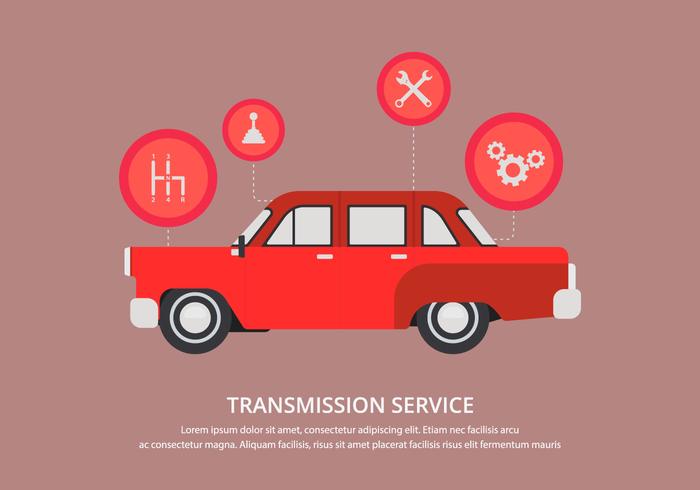A Comprehensive Guide To Brake Equipments: Identifying Common Issues And Their Solutions
A Comprehensive Guide To Brake Equipments: Identifying Common Issues And Their Solutions
Blog Article
Post Created By-McGrath Reynolds
When it comes to your car's brake system, comprehending common problems can conserve you from prospective security hazards. From identifying brake pad wear to attending to brake fluid leakages, knowing how to deal with these issues is necessary. However what about those spongy brake pedals? There's a repair for that also. Keep tuned to get https://airliftperformance39506.izrablog.com/30810506/not-sure-regarding-which-vehicle-repair-shop-to-pick-check-out-specialist-recommendations-for-determining-reliable-alternatives-near-you-that-will-certainly-supply-reassurance about these problems and the functional remedies that can maintain you safely when driving.
Brake Pad Put On and Substitute
When it involves preserving your automobile's brake system, one crucial element to watch on is the wear and replacement of brake pads. Brake pads are important components that push against the brake rotors to decrease or quit your car. In time, these pads wear down as a result of friction, calling for routine evaluation and substitute to ensure your brakes operate successfully.
To establish if your brake pads require replacement, listen for shrieking or grinding noises when you apply the brakes. In addition, if your vehicle takes longer to quit or you notice vibrations or pulsations when stopping, it might be time to change the brake pads.
Disregarding worn brake pads can result in lowered braking efficiency, damage to other brake elements, and even brake failure.
Replacing brake pads is a reasonably straightforward procedure for many vehicles. However, if you're unsure or uncomfortable performing this task, it's ideal to seek advice from a specialist technician to make sure proper installation and ideal brake performance.
Frequently examining and changing check here is important for your safety and the long life of your vehicle's braking system.
Brake Liquid Leaks and Maintenance
To ensure your automobile's brake system functions optimally, it is very important to likewise take notice of brake fluid leaks and upkeep. Brake fluid is critical for sending the force from your foot on the brake pedal to the actual braking system. One usual concern with brake liquid is leakages, which can happen as a result of shabby brake lines, seals, or connections. If you notice a puddle or drips under your cars and truck, it's essential to attend to the leak quickly to avoid a prospective brake failure.
Frequently inspecting your brake fluid degree is crucial to keeping your brake system. Reduced brake fluid can lead to air getting in the brake lines, which compromises braking performance.
Additionally, old or contaminated brake liquid can affect the general efficiency of your brakes. It's recommended to follow the manufacturer's guidelines on when to transform the brake liquid, usually every 2 years.
Spongy Brake Pedal: Blood Loss Brakes
If you've ever experienced a spongy brake pedal while driving, you recognize the relevance of keeping a company and responsive stopping system. One common reason for a squishy brake pedal is air trapped in the brake lines. When air goes into the brake system, it can lead to a loss of hydraulic stress, leading to that upsetting spongy sensation when you push the brake pedal.
To resolve this problem, hemorrhaging the brakes is required. Bleeding the brakes entails eliminating the air from the brake lines to recover proper hydraulic stress.
To hemorrhage the brakes, you'll need an assistant to aid you. Begin by finding the brake bleeder shutoff on each wheel, commonly discovered near the brake caliper. With a wrench, loosen the shutoff and have your assistant press the brake pedal while you observe any type of air bubbles appearing. Repeat this process for each and every wheel, beginning with the wheel farthest from the master cylinder and relocating more detailed.
As soon as you no more see air bubbles and only clear liquid emerges, tighten up the valve and top up the brake fluid storage tank as needed. Hemorrhaging the brakes aids guarantee a company brake pedal and improves overall stopping performance.
Conclusion
Since you comprehend typical brake concerns and how to fix them, you can ensure your automobile's security and performance. Bear in mind to listen for indication like shrieking noises or squishy brake pedals, and address them quickly. Normal maintenance and timely substitutes are key to keeping your brakes in top condition. Stay proactive and mindful to your brake system to enjoy risk-free and dependable driving experiences.
